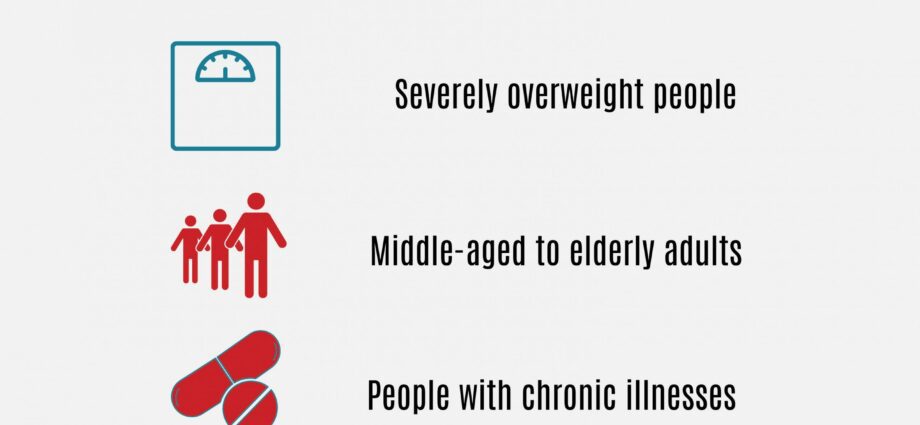Contents
People at risk and risk factors for staphylococci
People at risk
- People with weakened immune systems.
- People with chronic illnesses.
Risk factors
- Have a cut or scrape and be in contact with someone who has staph infection.
- Being hospitalized or having been in hospital. Despite efforts to eradicate staphylococcal bacteria, they remain present in hospitals and are likely to reach the most vulnerable people, such as those treated for:
- Burns.
- Surgical wounds.
- Health problems such as diabetes.
- Undergo intubation treatments, have catheters, be on dialysis or use mechanical ventilation devices, for example to treat chronic respiratory failure.
- Practice contact sports or share sports equipment. Athletes who exchange razors, towels, uniforms or sports equipment can transmit the infection through direct contact with the skin.
The use of tampons and toxic shockIn the early 1980s in North America, more than 700 women suffered from toxic shock syndrome (TSS). This outbreak has been linked to toxins from the bacteria Staphylococcus aureus, when using tampons with very high absorbency. Researchers could not determine a specific link between tampon use and toxic shock syndrome. The researchers hypothesized that the lining of the vagina of women who kept tampons for a long time became drier, and therefore more fragile. Staphylococci aureus had more time to multiply and make enough toxins to cause toxic shock. They concluded that several factors could be involved and certain precautions should be observed by users of tampons:
The material currently used for the manufacture of tampons (cotton or rayon) would not be linked to bacterial infections. The use of so-called barrier methods of contraception, such as the sponge, cervical cap or diaphragm, could also be risk factors for the onset of toxic shock, as they can irritate the vaginal mucosa. |










